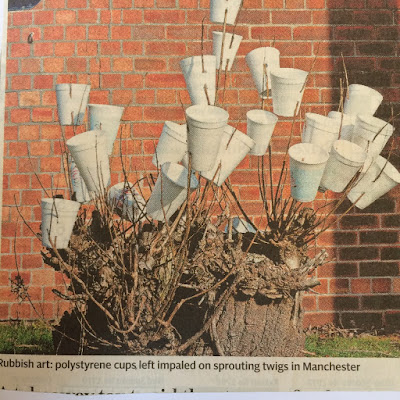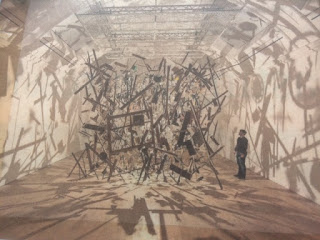Mosaics

For a period of at least fifteen years, I spent two weeks of each summer in Italy. During that time I made a point of seeing all the art and architecture which interested me. The one famed centre I didn’t visit was Ravenna. I had not been impressed by the reproductions I had seen of the mosaics there. But this year, I did visit the city. Undeniably, there is a certain magnificence to the churches and other buildings that house the famous mosaics, but seeing them in actuality has not substantially changed my opinion. If I were to choose my most memorable passage, it would be the ‘three kings’ section in S. Apollinare. Balthazar, Melchior and Gaspar prance forward with their gifts, in decorative tights that would not disgrace the trendiest of fashion magazines and their side-on posture is a welcome relief from full-frontal saints and dignitaries. But seeing them was not an experience like first seeing works by Massacio, Mantegna, Piero della Francesca, Alberti, Giotto, or Borom




